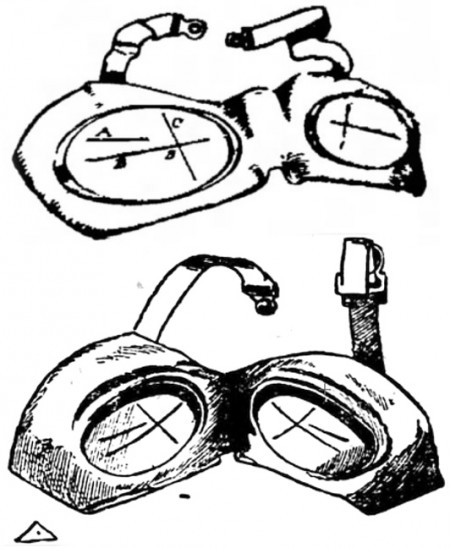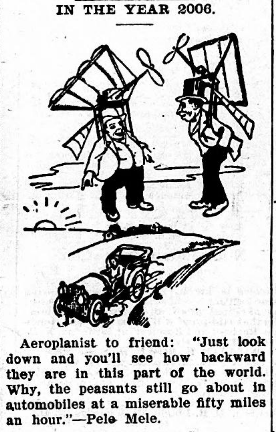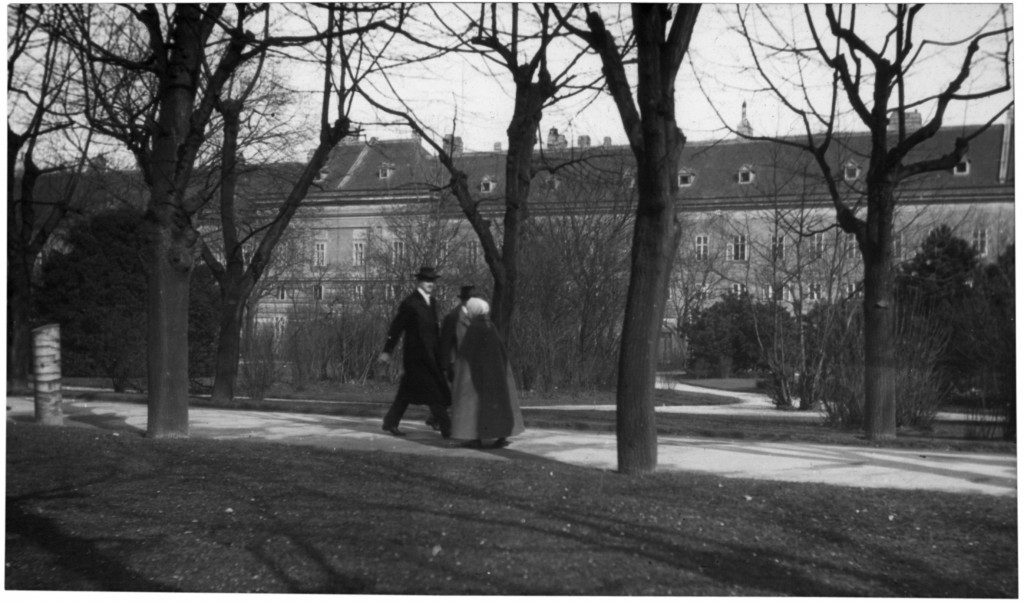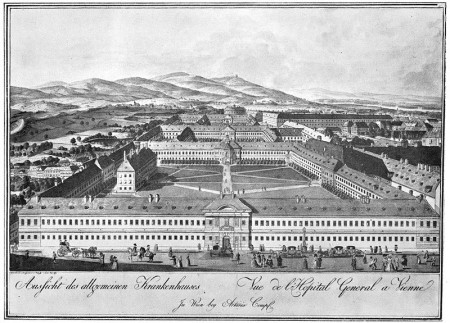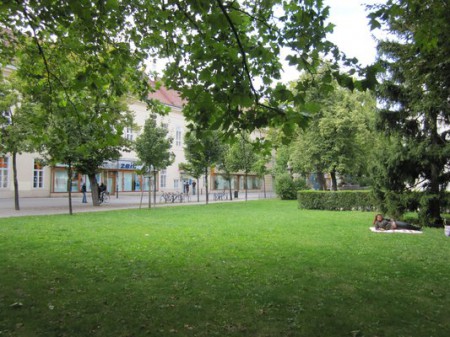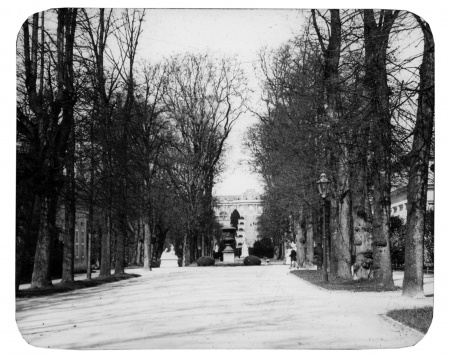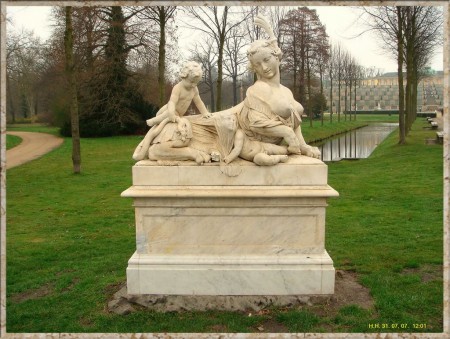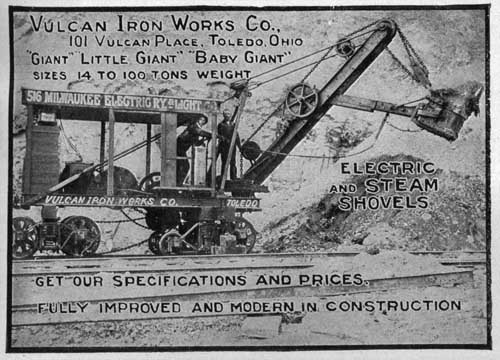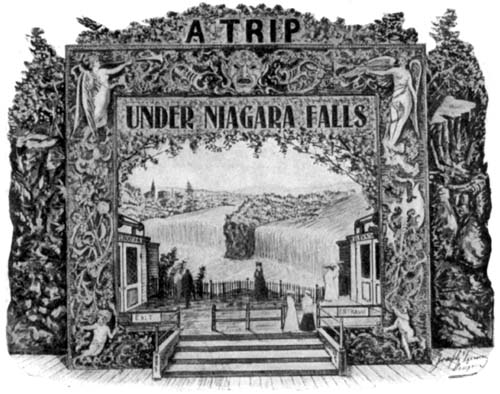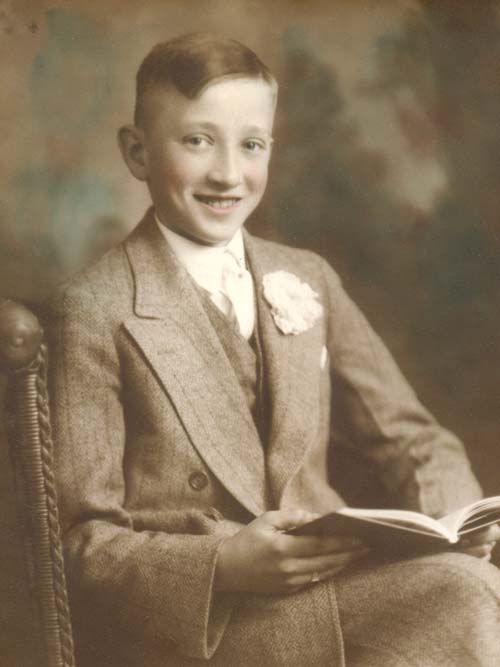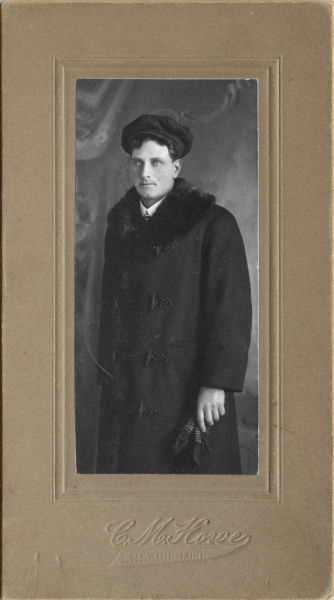It only took a hundred years for this technology to truly take hold for the average person, but they sure understood what it would mean:
DEVICE NOT IN DEMAND
Some Objections to Proposed Telephone Attachment.
A man in Portland, Ore., has invented a telephone attachment that will enable the person at one end of the wire to see the face of the one at the other. He calls this an improvement, and seems to think it fills a long-felt want.
If this fiendish device should find its way into general use the telephone would become a thing of terror. How could you express your opinion of Central with her scornful eyes staring into yours. How could you tell a dun that you had gone to Boston if he could look at your face while you said it? How could you escape a bore in the recesses of your club if he could catch you face to face on a wire?
The world owes something to modern science, but the inventors of wireless telegraphs and portrait telephones are overdoing things. In the interest of the disappearing right to privacy they ought to be kindly but thoroughly suppressed.–New York World
Found in the November 25, 1904 Wahpeton Times.
Today, we carry a combination wireless telegraph and portrait telephone (also a motion picture camera, instant newspaper, cartographic archive, and wire recorder, among many other features) in our pockets and think nothing of broadcasting our face to the other end of a telephone call. Well, many people. I don’t Skype, or Facetime, or Snapchat, or whatever the next fun technology for communication both voice and face in a single message will be called. Sure, it took better than a century to finally fill that long-felt want, but I agree, it’s overdoing things.
